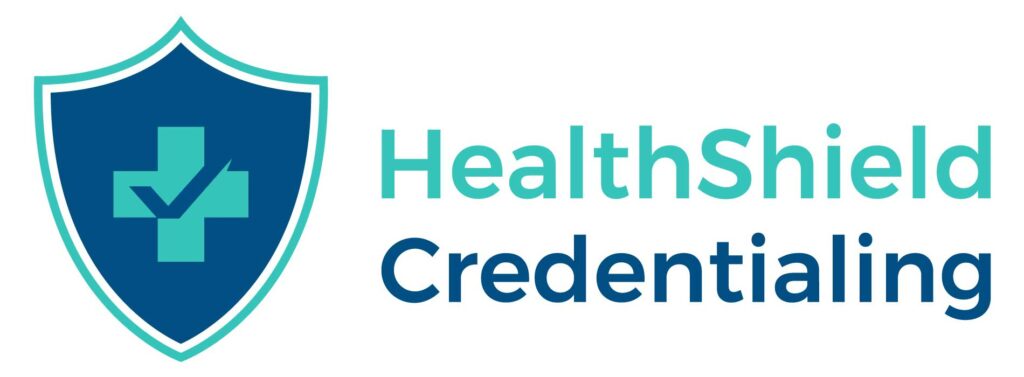The mortgage industry was designed to accommodate conventional W2 employees. Salaried workers are considered to have more income stability because they receive consistent paychecks from the businesses they work for and often commit to their employers for longer stretches of time. Self-employed individuals don’t fit into the same predictable financial mold. Some lenders may have difficulty determining whether or not income for self-employed individuals is steady enough to make mortgage payments. Others simply might not want to take on any potential risk that a self-employed borrower may present. We caught up with an expert in the field and got answers to the top questions asked!
1. What does a lender look at when considering to lend for a home mortgage?
When considering an application for a mortgage, lenders will look at several factors which all lead back to the main lending concern, “does the borrower have the ability to repay the loan?”. Now this does come with some technical guidelines that must be met. Unfortunately, it’s not just as simple as making a large income. For W2 income earning employees general guidelines call for a 2 year work history with current or documented future employment, sufficient assets (cash) for closing, a credit score above 580, and a qualifying debt-to-income (DTI) ratio per the selected loan product. These same general guidelines apply for 1099/self-employed earners with the exception of the qualifying income calculation. Self-employed borrowers typically need to produce 2 years of tax returns in order to calculate the qualifying income for their mortgage application. There are some self-employed loan programs that don’t require income documents, rather they’ll require 12 to 24 months of bank statements to use the business income deposits for the qualifying income calculation.
2. How do you get around a 2+ year work history to be considered for a loan?
For W2 income earning employees underwriting guidelines generally want to see at least a 2 year work history. If you’re fresh out of school, that’s alright. School and technical training for your field can be used as work history. Also, if you’ve been offered a position and can produce an offer letter for your new job, that income can typically be counted towards your qualifying income. If you’re a 1099/self-employed earner, there’s a fairly strict rule requiring 2 years of self-employment history before allowing this income to be used. However, there are some cases in which self-employed income can be used with only 12-24 months history if your transition to becoming a 1099 earner is in the same field earning similar or higher pay. This must also come after working for a substantial amount of time in the same position as a W2 employee. This will depend on the lender specific guidelines as to whether or not it’s accepted.
3. Are medical professional or physician loans a good option? What do they offer over standard options?
Generally, physician loans are provided by banks or institutions who can lend what are called “portfolio loans”. They will usually be offered as adjustable rate mortgages with little to no down payment required and no private mortgage insurance (PMI). Depending on the lender, these terms may vary some. Another technical difference is that they’ll overlook your student loans which may help some applicants qualify who wouldn’t be able to otherwise. Banks realized they were leaving out other medical professionals, lawyers, teachers, and first responders so they created similar loan options for these fields as well, however, the loan programs for these fields generally aren’t as attractive and not as widely available. Although Google makes it seem as though they are everywhere. In some cases the physician loan is a good option, but it’s not always the right option. If you have sufficient assets for a minimum down payment (3-5%), a decent income in residency, and little to no student loans, then there is no benefit from a physician loan. It’d be better to go for a standard mortgage product such as an Conventional loan.
4. Are local banks and credit unions the best options for 1099 or self-employed?
Mortgage brokers are the better option if you’re comparing independent lenders vs banks/credit unions for most mortgage products. Banks are only able to lend the rates and products available within their walls. They are only open during banking hours, usually slower to respond to inquiries, charge more in fees, and can be harder to communicate with. 1099 borrowers need to be able to communicate via text message in the OR (I know you do it), talk early in the morning, in the evening, or over the weekend. They need various lending options with the best available interest rates without the extra fees and they need a single contact to make the transaction as efficient as possible. This is what an independent mortgage broker offers.
5. What should you take into consideration when choosing a lender?
It may seem daunting when figuring out how to choose a lender, however, I help my customers make the decision by coaching them on what to look for. The two things to look for on paper are the interest rate and the lender origination fees. These two items will be what separates each lender from another. All other closing costs associated with the loan (title fees, taxes, insurance, etc) will be the same regardless of which lender you choose since these are 3rd party fees. The relational aspect is another thing to consider. Does this lender communicate well? Are they trustworthy? Are they trying to oversell something? Do they answer their phone/text/email? How quickly do they process loans? Do they care? These are questions to ask yourself when talking with more than one lender.
6. When should you consider an ARM?
You should consider an adjustable rate mortgage (ARM) if the lender shows you that the math makes sense over a fixed rate mortgage. Generally, an ARM would be a good option if the rates are substantially lower (without extra fees) than the fixed rate mortgages, and the initial term of the loan is at least 5-7 years. The initial term of an ARM loan tells you how long the fixed rate will last. The longer the term the less risk you have to manage. The average life of any mortgage is 5-7 years so it’s likely you’ll refinance or even sell the home before the rate reaches it’s first adjustable period.
7. When should we look to refinance and how do you get lower interest rates in today’s market?
Homeowners refinance for several reasons; to reduce the mortgage rate or term, to access equity in the home, to consolidate debt, or to remove PMI. You should look to refinance if any of those outcomes are what you’re seeking. The most common reason for a refinance is to reduce the interest rate. This can be accomplished by taking advantage of lower rates that may be available through the market or by reducing the term of the loan from a 30 to a 15 year note. It can also be done by buying the rate down or “buying points”. This is something that should only be done if the lender has shown you that the math makes sense. In the current ‘higher rate’ market, the only way to lower the interest rates, besides shopping what’s being offered, is to buy points.
8. When considering down payment and PMI and interest, what really is the best option?
PMI used to be a big deal. It’s still part of your loan repayment if your down payment is less than 20%, but it’s not as expensive as it used to be. Because it’s substantially lower, it’s no longer adamant that you come to the closing table with 20%. Keeping tens of thousands of dollars in your account and instead paying an extra $40/mo for PMI is often well worth the lower down payment. We also don’t see much of a difference in interest rate between 20% and 5% down payments. So this question really comes down to equity and what your goals are for the mortgage or home i.e. pay the loan off quickly, make improvements to the house, pay off other debt, etc.
About The Author: Nick Fowler, Mortgage Loan Originator
Consider working with a professional who understands the unique elements of CRNA businesses. Nick has helped CRNAs in a multitude of situations including new home purchases, refinance, debt-consolidation, or investment properties. He can be reached 7 days a week by phone, text, or email to give the best path forward. You can also visit www.NickDoesMortgages.com
Contact Info: Email: [email protected] Phone: 256-508-5587 / 256-712-4407







This is really interesting, You’re a very skilled blogger. I’ve joined your feed and look forward to seeking more of your magnificent post. Also, I’ve shared your site in my social networks!
Wow, this blogger is seriously impressive!
I appreciate your creativity and the effort you put into every post. Keep up the great work!
Thanks for sharing the informative article.